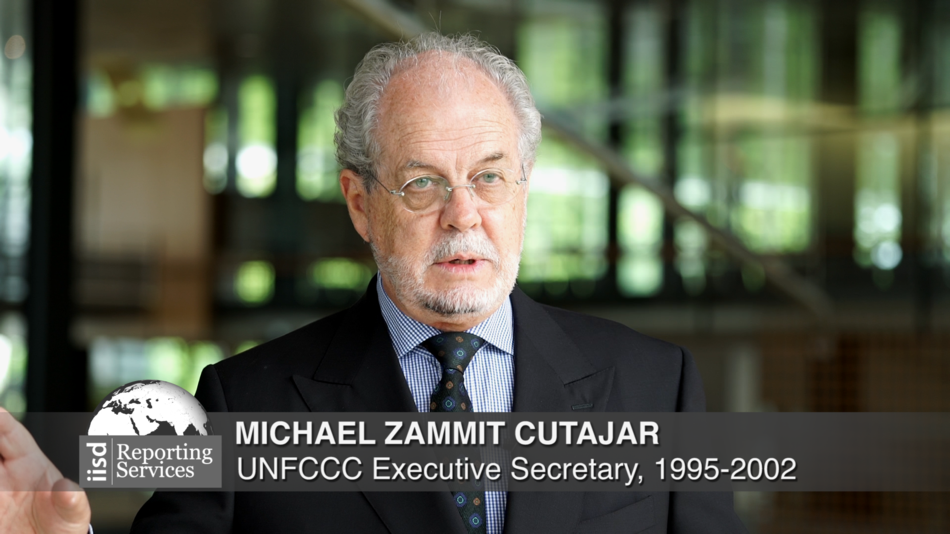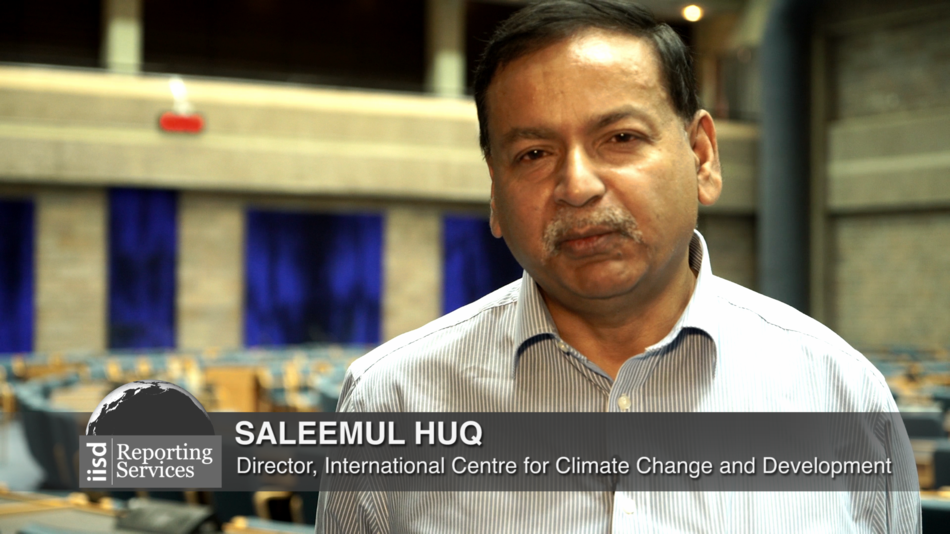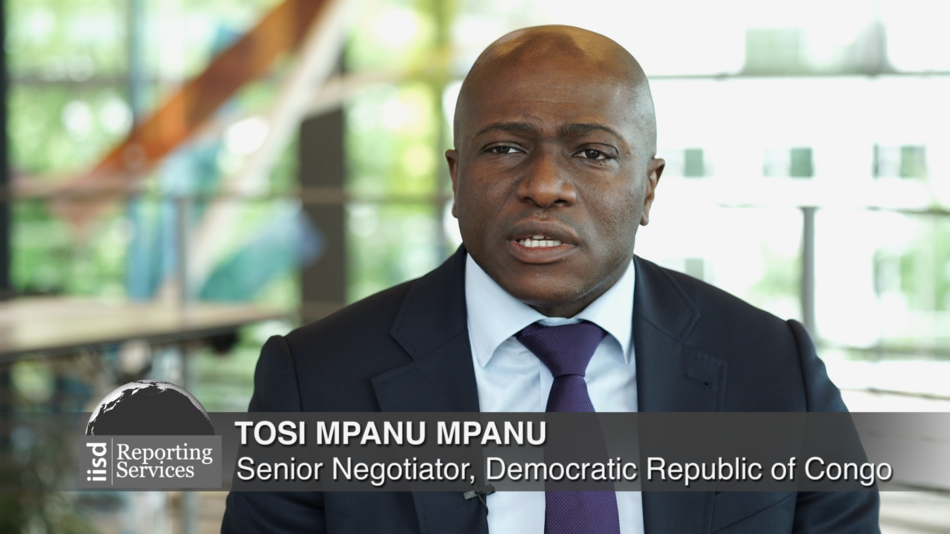Paris Knowledge Bridge: Unpacking International Climate Governance
Video: The History of Climate Governance
(#1 of 4)
Efforts to address climate change have a long history. To understand the future of climate change governance, as we look to Paris in December 2015, we need to understand the history. (For an in-depth look at the negotiations to the new agreement (2011-2015), see video four).
Learning objectives
By the end of this video you will:
- be able to state some of the key events in the 25 year history of international climate governance;
- understand the key issues during the negotiations leading to the UN Framework Convention on Climate Change and the Kyoto Protocol;
- understand key terms in global environmental governance, such as ratification, entry into force and governance, and know how these terms apply to climate governance; and
- be able to identify some of the major players in international climate governance, such as civil society and key states.
The History of Climate Governance
(#1 of 4)
Efforts to address climate change have a long history. To understand the future of climate change governance, as we look to Paris in December 2015, we need to understand the history.
The Pillars of Climate Governance
(#2 of 4)
Modern international climate governance is organized around three pillars: mitigation, adaptation and means of implementation. Under each pillar are many issues and policies, illustrating the many ways climate change affects our lives.
The Science and Economics of Climate Governance
(#3 of 4)
There are many actors involved in international climate governance. Two key communities are those researching and disseminating climate science and those working to build low-carbon economies. This video takes a closer look at these communities working for climate action. It also picks up on climate finance, which is one of the means of implementation introduced in video two (The Pillars of Climate Governance).
The State of Play in the UNFCCC Negotiations
(#4 of 4)
Countries gather in Paris in December 2015 to finalize and agree to a new agreement to address climate change. After twenty five years, many hope that the future of climate action will be brighter than the past. For these negotiations to be successful, countries must address many thorny issues to catalyze climate action that is meaningful, and lasts into the future.



